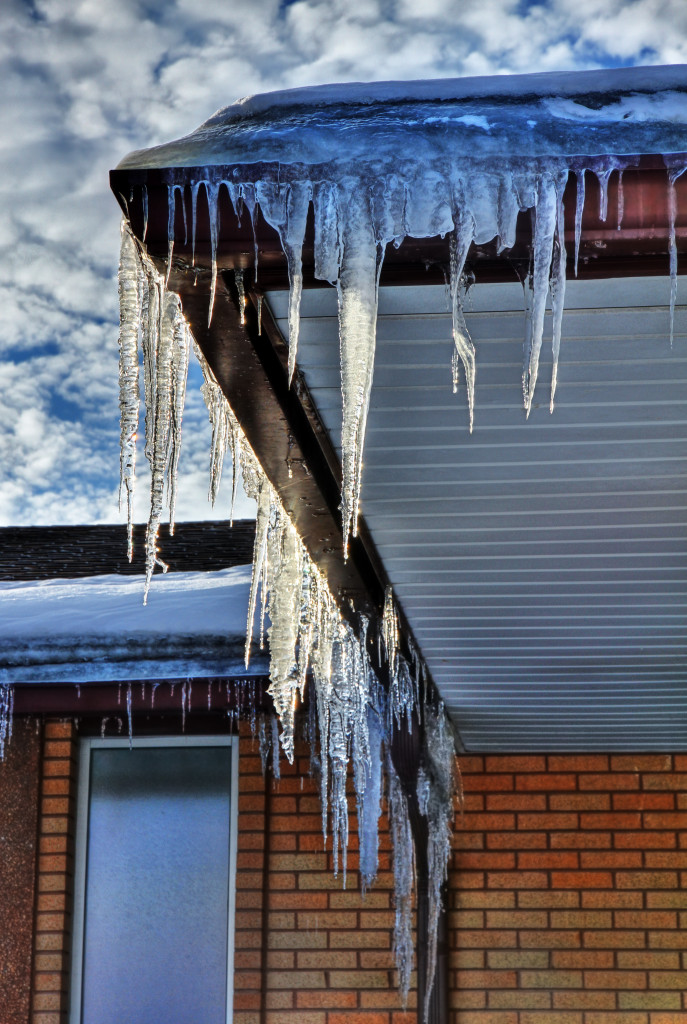Winter is coming, and making sure your home is ready for it is of the utmost importance. As the temperatures get colder and the days grow longer, anyone who’s lived through many winters will know that winter-proofing your house before the winter months is an essential part of welcoming the end of the year. Here are seven ways to winter-proof your home that you can cross off your checklist as you do them:
1. Clear Gutter and Storm Drains
Clean your gutters of all debris, especially when the snow starts to fall. Debris buildup like leaves and animal matter can lead to your drainage getting clogged, snow and water building up, and freezing as the temperature gets colder. Make sure to clean your gutters starting in the months prior regularly.
2. Insulation
If your home isn’t already insulated, make sure that it is. Insulation helps keep the interior of your home warm during the winter and cold during the summer. At the very least, insulate your walls and any exterior pipes. Water pipes, especially, should be insulated to prevent them from freezing and bursting, a common problem during the winter. Ensure that you protect your attic and basement to avoid frost or icicles from forming and inviting moisture inside your house.
3. Seal Windows and Doors
Cold air can make its way inside your home through any cracks or openings around your house. These same cracks can also let the warm air from within escape. Seal up your windows with foam insulation, caulk and weatherstripping to keep all that precious warmth trapped inside. Check your door and outer walls for any other cracks and holes, and seal those up immediately.
Additionally, the gap under your door can also let in cold drafts of air. Installing a door sweep, a door snake, or draft stoppers can help keep those dreaded drafts from entering your home. Go the extra mile and place a textured doormat on your doorstep to keep anyone from tracking in snow and sludge inside your house.
4. Adjust the Thermostat
As much as you want to keep your home as warm as possible, you also don’t want to have to worry about a spike in your heating bill. Turn the thermostat down when you’re not at home or shut it off entirely and turn it back up when you’re back. If you’ve insulated your house enough, you won’t have to worry about temperatures inside your home dropping below freezing even without the thermostat turned up. Keep spare batteries on hand just in case and check if your thermostat is working as soon as possible, so you have time to get a new one if you need to.
5. Install Sidings
During cold and stormy weather, it’s essential to check the siding of your house for any leaks and damages. Moisture can get in between even the most minor cracks and can damage the inside. Wood sidings are also in danger of rot, mold, and mildew, especially during the cold and wet months. Consider getting new sidings if you notice that your current ones are damaged or aren’t as effective anymore. Siding companies can help you pick which ones will work best for your home and the climate wherever you’re living. You want to get durable siding, one that will last a long time and will protect your home in the coming winter.
6. Check Your Water Pipes
Water pipes are one of the most vulnerable parts of your house during the winter, especially outdoors. If you want to keep it safe, shut off the water to your outdoor faucets and drain the pipes, so no water is stuck inside. The water inside pipes can freeze, clog up the pipes, and burst, which can cause you a lot of money in damages. If you’d rather not shut off the water, insulating any exposed pipes, especially in your basement and crawl space, can prevent any freezing.
In the event of a pipe bursting, shut off the water supply immediately or install a smart device or system that automatically shuts off the water for you. Another way you can prevent a clog up is by keeping the water flowing and maintaining a slow and steady drip when your faucets are off.
7. Hire a Professional to Conduct a Home Energy Audit
However thorough your DIY job might be, sometimes there are flaws that only a professional might be able to spot. Conducting a home energy audit in your home is one way to ensure that you patch any tiny leaks and cracks. That way, you save as much energy as you can. Suppose you can’t hire a professional for whatever reason. You can certainly do it yourself as a final safety measure before you call it a day.
Always keep your family’s safety and comfort in mind when preparing your home for the winter. Don’t compromise on any potential threats or dangers, and be thorough when you have to be. Even the smallest crack in the facade can lead to significant consequences. Keep yourself warm and rest easy, knowing that your house is safe for the incoming winter.
